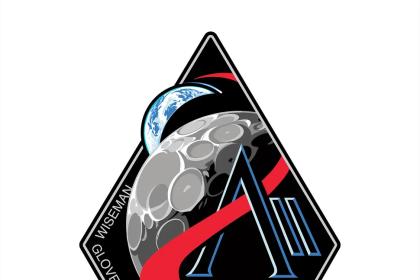The researchers plan to use the James Webb Space Telescope to study asteroids in this study.
According to Tekna Technology News Service, data from NASA and the German Space Agency led to the identification of water molecules on two asteroids for the first time. According to the research report, the researchers used the FORCAST device to examine four silicate asteroids and identify the presence of water molecules on these asteroids.
Dr. Anisia Ardondo, the main researcher in this research, says: Asteroids are the remnants of the planet formation process, and their composition depends on the part of the solar nebula where they were formed. One of the interesting things about these asteroids is the distribution of water in them. Investigating this issue can also show how water appears on earth.
Dayside Anid asteroids are dry and silicate and form near the Sun, while icy material forms further away from the Sun. Knowing more about the location of asteroids and their composition can help to understand how asteroids are distributed in the solar nebula. Also, by examining this issue, it is possible to identify how they have evolved since their formation. The distribution of water in the solar system and its understanding can also help to better understand the transfer of water to the earth. It will also ultimately help find potential life in the solar system or beyond.
The data related to the Sophia Observatory in the joint project of NASA and the German Space Agency led to the identification of water particles in one of the largest holes in the southern hemisphere of the moon. Ardondo says in this regard: Considering that the water detected in each cubic meter of lunar soil is locked in the form of chemicals in mines, the water in asteroids can also be locked or dissolved in crystals.
The FORCAST device is not sensitive enough to identify the characteristics of other water spectra, and therefore the researchers plan to use the James Webb Space Telescope and its data on asteroids in further investigations.
RCO NEWS
















